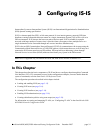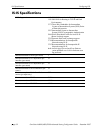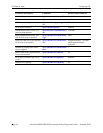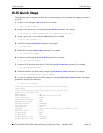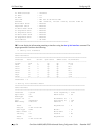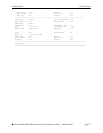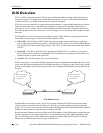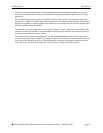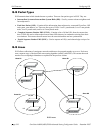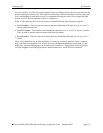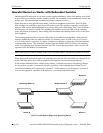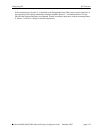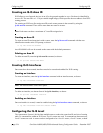
Configuring IS-IS IS-IS Overview
OmniSwitch 6800/6850/9000 Advanced Routing Configuration Guide December 2007 page 3-9
Adjacencies control the distribution of routing protocol packets. Routing protocol packets are sent and
received only on adjacencies. In particular, distribution of topological database updates proceeds along
adjacencies.
After establishing adjacencies, routers will build a link-state packet (LSP) based upon their local inter-
faces that are configured for IS-IS and prefixes learned from other adjacent routers. Routers flood LSPs to
all adjacent neighbors except the neighbor from which they received the same LSP. Routers construct their
link-state database from these packets.
The link state is also advertised when a router’s state changes. A router’s adjacencies are reflected in the
contents of its link state packets. This relationship between adjacencies and link state allows the protocol
to detect downed routers in a timely fashion.
Link state packets are flooded throughout the AS. The flooding algorithm ensures that all routers have
exactly the same topological database. This database consists of a collection of link state packets received
from each router belonging to the area. From this database, each router calculates the shortest-path tree,
with itself as the root. This shortest-path tree, in turn, yields a routing table for the protocol.



